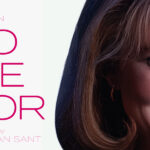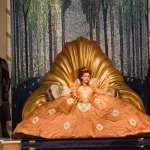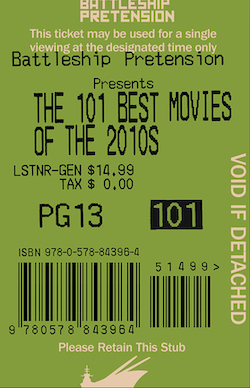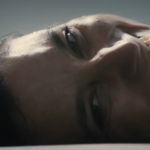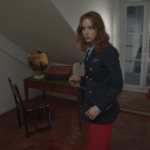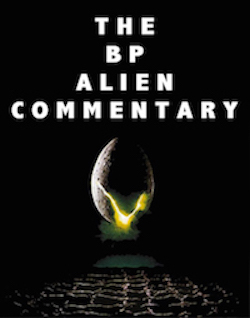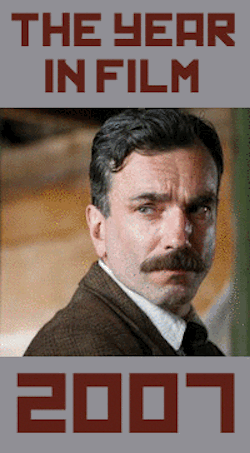Agnes: Cinema’s Not Dead, by David Bax

If you tend to see the role of film critic as a kind of consumer advocate, someone whose job it is to tell the layperson whether a movie is or is not worth the time and cost of admission (I do not believe this, to be clear), then there’s an inherent conundrum. A film critic or anyone else who loves movies enough to see hundreds of them every year is naturally going to come to value different things than someone who sees a few or less per month. If you were in the latter camp and you selected Mickey Reece’s Agnes because you were in the mood for a cool horror flick and liked the key art of an inverted cross and a nun bleeding from the eyes, you’d probably be gravely disappointed. If you’re the other type, though (aka “one of us”), you will cherish the meditative, unexpected detours Reece’s engrossing film takes.
Reece starts by leaning into the cheesy horror trappings, especially those of the religious variety. In the early scenes, Agnes could almost be mistaken for a Christian movie in the way the actors are playing not characters but archetypes (the jaded priest, the wide-eyed and devout young deacon, etc.). You might even judge the film for defanging its potential villains by featuring performances that are self-consciously villainous, knowingly treading water while waiting to be either redeemed or punished. It will eventually be revealed, though, that these men of the cloth aren’t actually our main characters. Neither is Agnes herself, the nun whose apparent demonic possession has brought the priests to the convent. Our true lead is Mary (Molly C. Quinn), another nun who barely has a line of dialogue in the first half of the movie. Despite the blood and horror of the lengthy set-up, it’s when the incident involving Agnes drives Mary to leave the sisterhood that our story truly gets interesting.
Intentionally superficial as the characterizations may be, Reece and director of photography Samuel Calvin tip us off to the fact that we’re watching something more deeply considered. The smoky cinematography introduces gray areas the characters can’t see, anticipating the wispy ineffability to come.
Reece is a staggeringly prolific filmmaker. Agnes is the 30th feature for which IMDB lists him as the director. The oldest of these is from 2008. But this one (admittedly the first I’ve seen) has found the widest distribution, probably at least in part explainable by its touting Reece’s most recognizable cast yet. Quinn played Nathan Fillion’s daughter on Castle for years and, once Mary leaves the convent, she finds a grocery store checker job where her boss is played by This Is Us‘s Chris Sullivan and befriends a local stand-up comedian played by the indispensable Sean Gunn. Side note: stand-up comedy in movies is almost always false and embarrassing; the tiny bit we witness here is among the most honest I’ve seen.
Since at least the 1990s, the increased affordability and availability of moviemaking equipment has led to two major camps of thought. On the one hand, there are those who believe the chief result has been more ugly, amateurish, navel-gazing movies; these are the folks who wrongheadedly dismissed an entire American cinematic movement as “mumblecore.” Agnes is an argument in favor of the other camp, the one who thinks that the chaff is worth enduring for the weird, personal, inspired wheat that might not have found form via the old avenues.
For a movie that starts with the schlocky promise of a nun frothing at the mouth and shouting the word “cock” at her sisters, it ends in a much different place, with Mary and that young deacon, now a priest (The Vast of Night‘s Jake Horowitz) sitting in a diner, quietly discussing the nature of God, where He can be found and what it means to know Him. Hey, maybe Agnes is a Christian movie, after all. That would be just one more thing to add to the list of its surprises.

